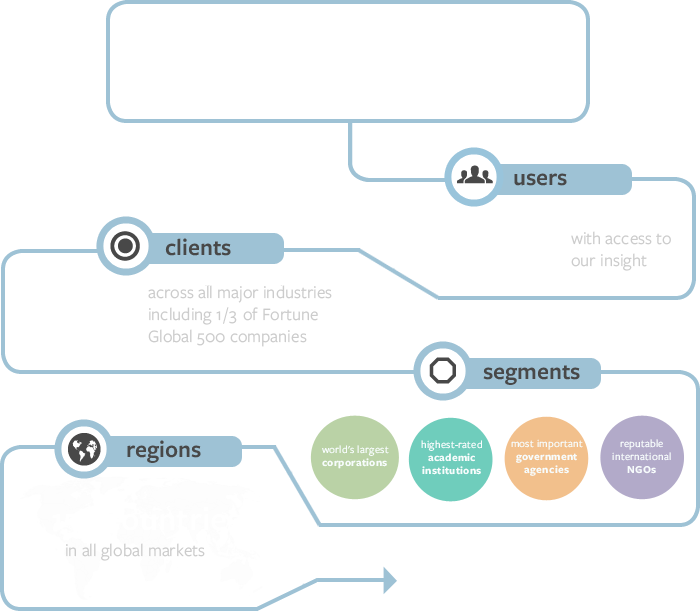Risk Profile Analysis What s Your Investment Profile
Post on: 11 Июнь, 2015 No Comment

by Silicon Valley Blogger on 2011-03-13 9
The first thing about learning how to invest in the stock market is to know what kind of investor risk profile you have. In so doing, you will determine how best to asset allocate your savings among various asset classes. Not knowing what kind of profile you have or what you are investing in may cost you financially, as for example in cases when an 80 year old is found to own very aggressive funds, or a single person in their twenties is invested purely in bonds, or someone who is a complete nervous nelly is trying their hand with commodities. Not having the stomach or right disposition may make you cut in and out of investments in a way that is deleterious to your portfolio and before long, you will find yourself wondering why you are left with a smidgen of what you had initially.
Whats Your Investment Risk Profile? Know Yourself!
Investing is a way to make your money work for you so that you can take calculated risks for the promise of a better reward: much better than simply stuffing your money in a hidden nook somewhere in your house. The more you know about risk and how it can affect you and your situation, the better off you will be. Bottom-line: there is a law that states that your returns are directly proportional to the risk you take. I found this definition of risk to be quite spot on:
The concept of risk in investment has to do with volatility or how widely the price of a stock or mutual fund fluctuates. The wider the fluctuations, the higher the risk. This is because you stand to make and also lose more money, compared to a fund that doesnt fluctuate as wildly.
Following on from this investment concept, aggressive or high risk means that a mutual fund or stock can potentially achieve higher returns because of greater volatility. In contrast, low risk or conservative means that a stock or mutual fund will trade close to its historical average prices and will tend to be quite stable.
The following test and many others like it tend to concentrate on finding out your age, strength of income, family situation, current financial picture, and overall tendencies and investment disposition. I would say that one other important element in figuring out where you stand as an investor is how sophisticated you are and what kind of experience you have with investing. Ultimately, your overall background and attitude about investing will affect how you should proceed; definitely consider your personal comfort and peace of mind when formulating your investment strategies!
As a starting point, here is an example of a test that shows what kind of investor you are:
- Indicate your age group














